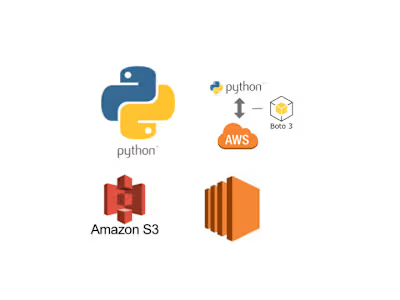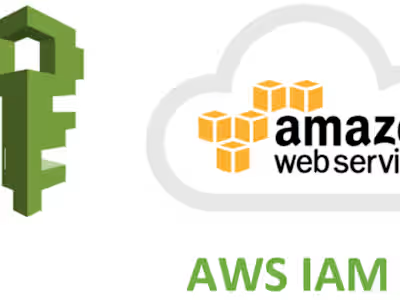Migration of a Monitoring Application from On-prem to AWS cloud
Introduction:
In today's rapidly evolving technological landscape, organizations are increasingly embracing cloud migration to harness the benefits of scalability, reliability, and cost-efficiency. This document presents a comprehensive guide to migrating a Splunk application from an on-premises environment to the AWS cloud using the powerful combination of Terraform and GitLab. By leveraging Infrastructure as Code (IaC) principles and automated CI/CD pipelines, this migration process streamlines the deployment, management, and scaling of the Splunk application, while ensuring data integrity and security.
The migration journey entails careful planning, architecture design, code implementation, and continuous testing. Each step is meticulously outlined, emphasizing the importance of thorough pre-migration preparation, architecture design, and proper utilization of Terraform for infrastructure provisioning. Additionally, GitLab's role in version control and automated pipelines ensures consistent and reliable deployments across different environments.
This guide seeks to empower technical teams with the knowledge and tools necessary to orchestrate a seamless migration of the Splunk application to AWS, resulting in enhanced performance, agility, and operational efficiency. As organizations embrace cloud-native solutions, this migration approach showcases the power of IaC and automation in achieving successful and sustainable cloud deployments.
Table of Contents
Introduction
Pre-Migration Preparation
Architecture Design
Infrastructure as Code (Terraform)
GitLab Setup
Migration Steps
Conclusion
1. Introduction
This document outlines the step-by-step process for migrating a Splunk application currently running on-premises to the AWS cloud using Terraform for infrastructure provisioning and GitLab for version control and CI/CD pipeline management. The migration aims to leverage AWS services to achieve scalability, reliability, and easier management.
2. Pre-Migration Preparation
Conduct a thorough assessment of the current on-premises Splunk deployment, including components, data sources, and dependencies.
Identify the AWS regions and availability zones to deploy the Splunk application.
Set up AWS credentials and ensure proper IAM roles for Terraform.
Gather necessary AWS resource requirements such as EC2 instances, VPC configurations, security groups, etc.
3. Architecture Design
Design a high-level architecture for the AWS-based Splunk deployment:
VPC: Create a VPC with appropriate subnets, routing tables, and security groups.
EC2 Instances: Provision EC2 instances for Splunk components (indexers, search heads, etc.).
Storage: Configure AWS S3 buckets for storing data and backups.
Networking: Set up necessary network configurations, including VPC peering, NAT gateways, etc.
Load Balancing: Use AWS Elastic Load Balancing for distributing traffic to the Splunk search heads.
Security: Implement security best practices, including IAM roles, security groups, and encryption.
4. Infrastructure as Code (Terraform)
Use Terraform to define and manage the AWS infrastructure:
Define a
main.tf file containing AWS resource definitions. Create modules for different components (VPC, EC2 instances, S3 buckets, etc.).
Leverage variables and outputs for configuration management.
Implement remote state management, storing the state in an S3 bucket or remote backend.
Use Terraform workspaces to manage different environments (dev, staging, production).
Example Terraform code:
5. GitLab Setup
Set up a GitLab repository to manage the migration process:
6. Migration Steps
Git Repository Setup:
Terraform Deployment:
Development Environment:
CI/CD Pipeline:
Testing and Validation:
Staging and Production:
Monitoring and Optimization:
7. Conclusion
Migrating the Splunk application to AWS using Terraform and GitLab offers numerous benefits, including scalability, reliability, and automation. By following the outlined steps and best practices, you can ensure a successful migration process while maintaining the integrity of the application and its data.
Remember that this document provides a high-level overview, and actual implementation details and configurations may vary based on your specific environment and requirements.
Subscribe to my newsletter
Read articles from DEV2OPS directly inside your inbox. Subscribe to the newsletter, and don't miss out.
Like this project
Posted Aug 9, 2023
In today's rapidly evolving technological landscape, organizations are increasingly embracing cloud migration to harness the benefits of scalability
Likes
0
Views
17






